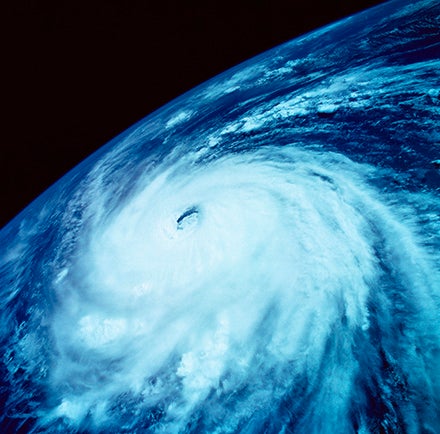Weather or not: Hurricane facts to put Irma in perspective
Published 4:43 pm Tuesday, September 19, 2017
As news agencies report the approach of Hurricane Marie and how many more named storms on the horizon to add to the great misery and losses already incurred this season by the wrath of Irma and Harvey, one wonders if this season is really worse than other years.
According to www.hurricaneville.com, the average number of tropical storms each season is between 9 and 10 named storms. The average number of hurricanes each hurricane season is between 5 and 6 and the average number of major hurricanes each hurricane season is between 2 and 3 named storms each season.
Using that method, it would seem we have just about exceeded our limit.
However, the record for the most hurricanes in an Atlantic season goes to 2005, when there were 15. The most major hurricanes in a season was set in 1950 with eight.
What is the difference between a tropical storm and a hurricane? The first stage is called a tropical disturbance.
It can become a tropical depression when it gets more organized, has closed circulation and wind speeds of 25 to 38 mph. A tropical storm develops when the depression winds increase to 39 – 73 mph. It becomes a hurricane when the wind speeds go above 74 mph, and is classified according to sustained winds and the pressure on the Saffir-Simpson Scale.
The most common tracks of tropical storms and hurricanes are: 1) originating off the West Coast of Africa near the Cape Verde Islands and traveling westward toward the Caribbean and the East Coast of the United States. 2) Originating in the Western Caribbean, and moving into the Gulf Coast, or along the East Coast of the United States and 3) Originating in the Gulf of Mexico and moving into the Gulf Coast states from Texas to Florida.
Hurricanes are named by the National Hurricane Center using a six-year rotating list of male and female names. In the case of major hurricanes, such as Andrew in 1992 and Katrina in 2005, when landfall causes major damages and death toll, the name is retired from the list, never to be used again.
There have been three category five hurricanes make landfall in the United States, beginning with what was called the Labor Day Hurricane of 1935, followed by Hurricane Camille on the Mississippi Gulf Coast in 1969 – with 180 mph winds, it killed 250 people; Hurricane Andrew that struck South Florida in 1992. Hurricane Katrina in 2005 made first landfall as a Category 1 in Florida, then was a Category 3 in Lousiana. Harvey that struck Texas in 2017 was a Category 4.
The deadliest hurricane to make landfall in the United States happened in the Great Galveston Hurricane of 1900, striking on September 8, 1900. It killed between 6,000 and 8,000 people.
In most cases, it is not the wind that creates the most loss of life and property, but the flooding caused by heavy rains and storm surge.
Storm surge is responsible for 90 percent of all deaths in hurricanes.






